Hopefully everyone is having a productive lockdown all over the world. This is my second issue I wanted some assistance with today.
What I have is a chat from a telecom company signing up new customers. I have successfully collapsed them into 2x rows per unique_id - a unique chat interaction captured between customer and company agent.
- I would like to now take each column (text) in each row and separate it out to 5 equal varchar columns.
- The objective is to splice/chunk a conversation into 5 different stages within this table.
- I do not have access to delimiters as customers and company staff use delimiting characters themselves so it makes this tricky.
Below I have 2 images with what the data looks like now and what I am looking for.
BEFORE
AFTER
I have looked at the following articles to try to crack it, but am stuck:
- Split A Single Field Value Into Multiple Fixed-Length Column Values in T-SQL
- How to Split String by Character into Separate Columns in SQL Server
- How to split a comma-separated value to columns
- How to split a single column values to multiple column values?
- Split string in SQL Server to a maximum length, returning each as a row
Here is the SQL Fiddle page, but I am running this code in MS SQL Server: http://sqlfiddle.com/#!9/ddd08c
Here is the table creation code:
CREATE TABLE Table1
(`unique_id` double, `user` varchar(8), `text` varchar(144))
;
INSERT INTO Table1
(`unique_id`, `user`, `text`)
VALUES
(50314585222, 'customer', 'This is part 1 of long text. This is part 2 of long text. This is part 3 of long text. This is part 4 of long text. This is part 5 of long text.'),
(50314585222, 'company', 'This is part 1 of long text This is part 2 of long text This is part 3 of long text This is part 4 of long text This is part 5 of long text'),
(50319875222, 'customer', 'This is part 1 This is part 2 This is part 3 This is part 4 This is part 5'),
(50319875222, 'company', 'This is part 1 This is part 2 This is part 3 This is part 4 This is part 5')
;
I have requested an almost similar algorithm in R, in my history. I have been trying to do this in SQL.



